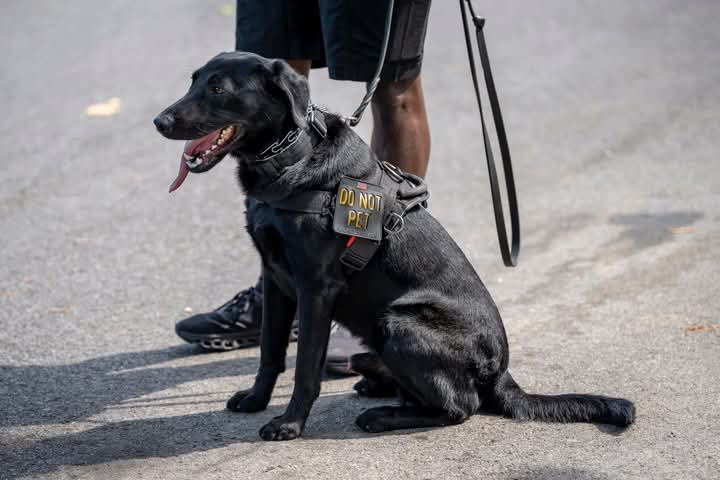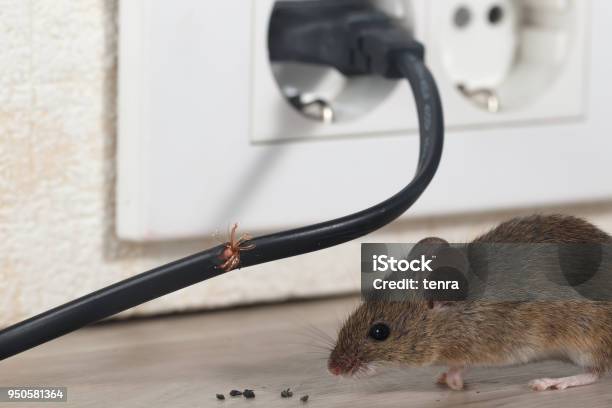As pet owners, we share deep bonds with our animal companions. However, it’s crucial to remember that all animals, regardless of how well-trained or beloved, retain natural instincts and can react unpredictably in certain situations.
Sarah thought she knew her golden retriever Max perfectly. For eight years, he had been the gentlest dog, beloved by neighborhood children. But one evening, when Max was sleeping and her toddler accidentally stepped on his tail, he snapped reflexively before even fully waking up. Thankfully, no one was seriously hurt, but it reminded Sarah that even the most trusted pets can react instinctively when startled or in pain.
Understanding Your Pet’s Nature
Every animal has natural instincts and behavioral patterns that don’t disappear with domestication. Stress, fear, pain, or territorial feelings can trigger unexpected reactions. Even the gentlest pets may respond defensively when frightened or cornered.
Maria learned this lesson with her rescue cat, Luna. After two years of peaceful coexistence, Luna suddenly became aggressive during a thunderstorm. The loud noises had triggered memories from her traumatic past, causing her to lash out at anyone who approached. It took patience and understanding for Maria to help Luna through her fear-based reactions.
Recognizing Warning Signs
Learning to read your pet’s body language and stress signals is essential. Watch for changes in behavior, appetite, or energy levels. Never ignore growling, hissing, or other warning behaviors.
Jake’s German Shepherd, Rex, had always been protective but obedient. However, Jake noticed Rex becoming increasingly tense around strangers at the dog park. Instead of dismissing this as normal protective behavior, Jake sought help from a trainer. They discovered Rex was developing anxiety that could have escalated into aggressive incidents if left unaddressed.
Creating Safe Environments
Proper training and socialization from an early age are fundamental. Providing adequate space, exercise, and mental stimulation prevents many behavioral issues. Securing your home prevents escapes or dangerous situations.
The Johnson family adopted a high-energy breed without fully understanding their exercise needs. When their dog began destroying furniture and showing aggressive tendencies, they realized the behavior stemmed from boredom and pent-up energy. After implementing a proper exercise routine and mental enrichment activities, their dog’s behavior improved dramatically.
Practicing Responsible Ownership
Keep vaccinations and health check-ups current, as illness can affect behavior. Use appropriate restraints in public spaces. Never leave pets unsupervised with small children, no matter how trusted the animal. Understanding breed-specific needs and characteristics is crucial.
Tom’s elderly bulldog had never shown aggression until he developed arthritis. The constant pain made him irritable, and he snapped at children who tried to pet him. Once Tom recognized the connection between his dog’s health issues and behavior changes, he could manage the situation appropriately with veterinary care and modified interactions.
Building Trust Through Understanding
The goal isn’t to fear our pets, but to respect them as the complex creatures they are. By understanding their needs, providing proper care, and maintaining realistic expectations, we can build stronger, safer relationships with our animal companions.
Consider the story of David and his rescue pitbull, Bella. Despite the breed’s reputation, David focused on proper training, socialization, and meeting her physical and mental needs. Bella became a therapy dog, visiting hospitals and bringing comfort to patients. However, David never forgot that she was still a powerful animal requiring responsible handling and continued training throughout her life.
A well-cared-for, properly trained, and understood pet is far more likely to be a safe and loving family member. The responsibility lies with us as owners to create the conditions for success.
Love them wisely. Care for them responsibly. Respect their nature.






